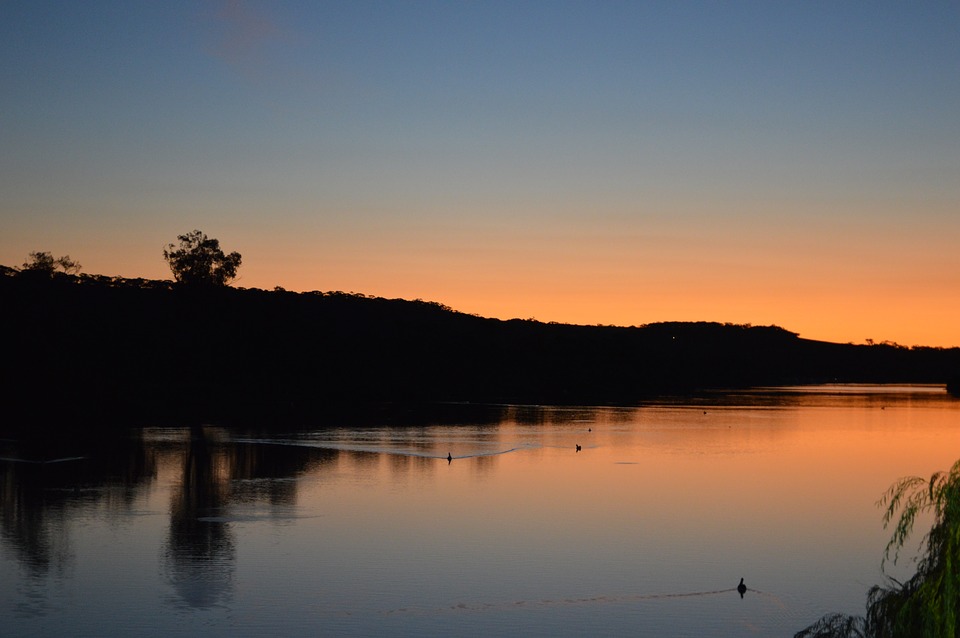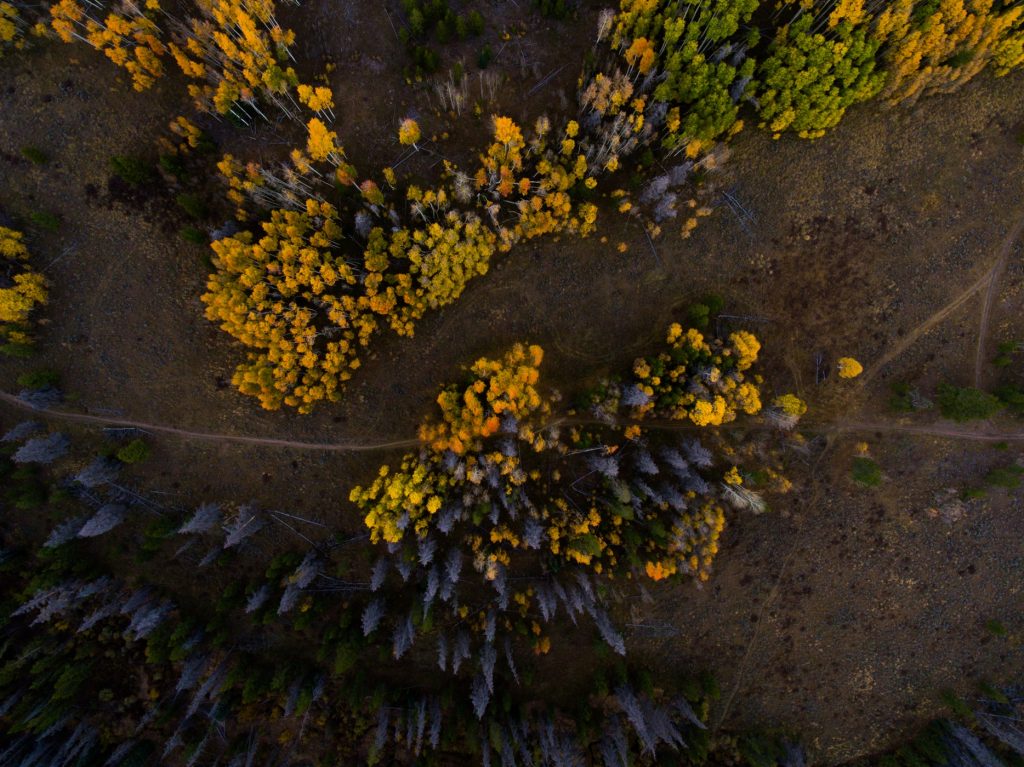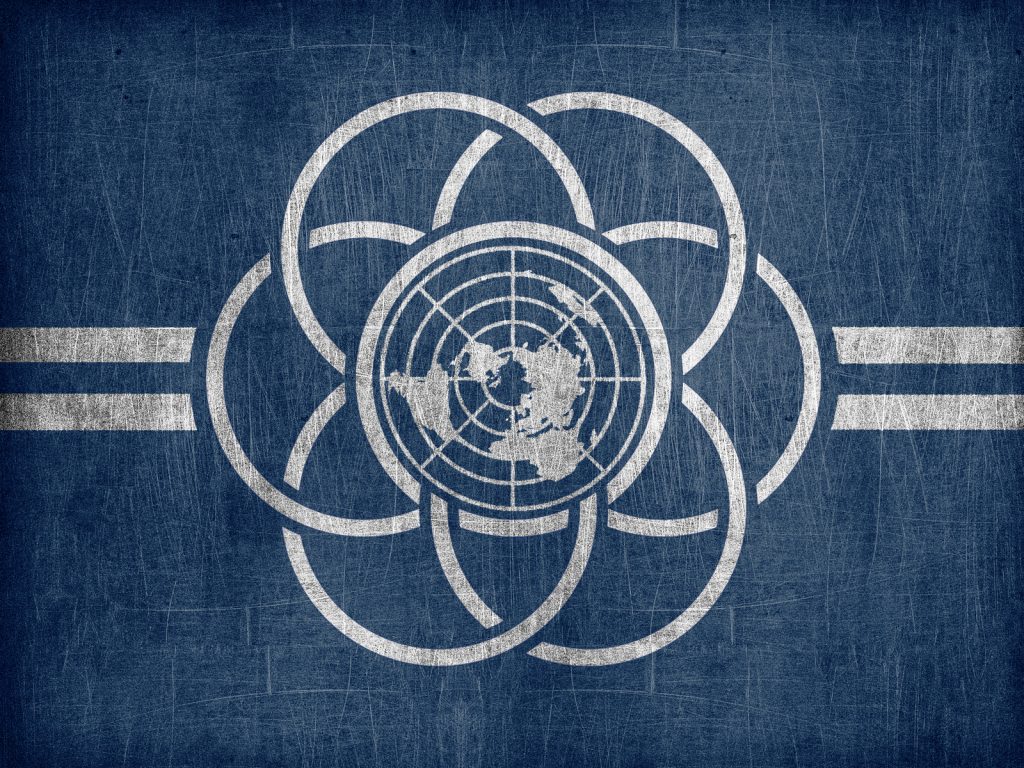On Edge Work, Migration Flows, and Glocalization
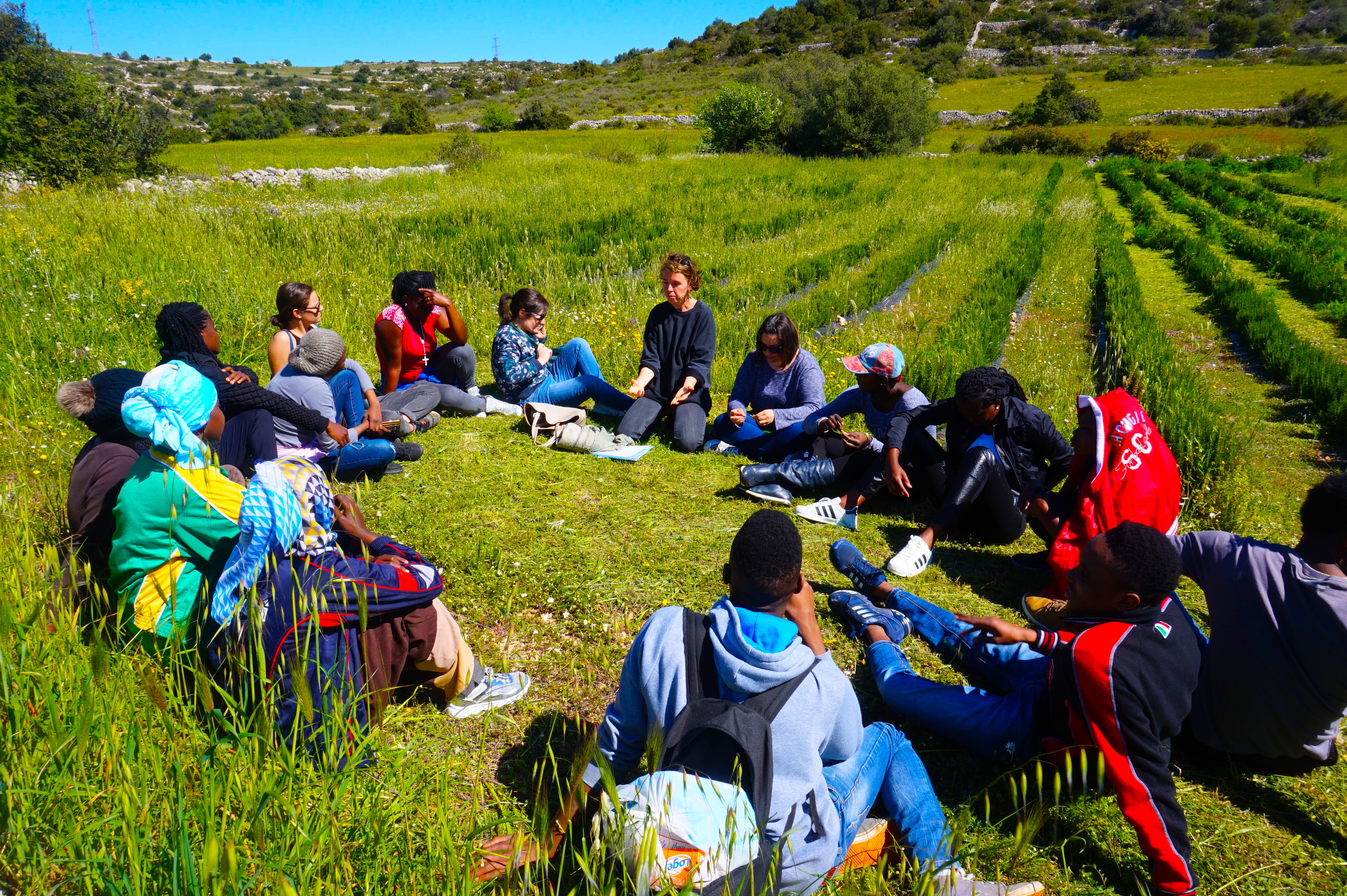
In ecological design, the edge is known as the boundary or interface between two biological communities. It is the region where communities meet and integrate, producing conditions for increased diversity. For instance, at the edge between forest and savannah, you find the species from each of these two ecosystems and also the species that belong to that particular buffer zone or ecotone (from Greek eco, and tonos or tension). In other words, a place where ecologies are in tension, a place of high intensity, instability, and most of all, diversity.
My working hypothesis is that just as it is possible to maximise the edges and diversity between neighboring biological communities, so it is possible to create a larger edge effect in society between different social groupings with diverse worldviews, power structures, and intentions. Therefore, I coined the concept socio-tone or social systems in tension. Let me give a current example.
We are witnessing in today’s world an unprecedented level of human mobility within the context of multiple political, economic, and ecological crises. In 2017, the number surpassed 258 million, growing at a rate faster than the world’s population. More people than ever before live in a country other than the one in which they were born.
The Mediterranean island of Sicily has always been a crossroads of cultures and agriculture. In ancient times, the vine and the olive tree of Sicily were the most important crops. Then, under the influence of Rome, Sicily became the wheat granary of the empire. During Spanish rule, the Astec Xocolatl chocolate arrived in Modica. More recently, the island has assumed the role of garden of Europe, with its unique fruit, herbal, and vegetable products—the red oranges of Catania, the lemons of Syracuse, the pistachios of Bronte, and the herbs of Iblei.
Since the Arab Spring, roughly 400,000 migrants have crossed the Mediterranean and landed in southern Italy and Sicily. The majority are young African men and women. Sicily still bears the impact of the economic recession of 2008, with a high rate of youth unemployment reducing the capacity of its labour market to absorb the continuous flow of migrant job-seekers.
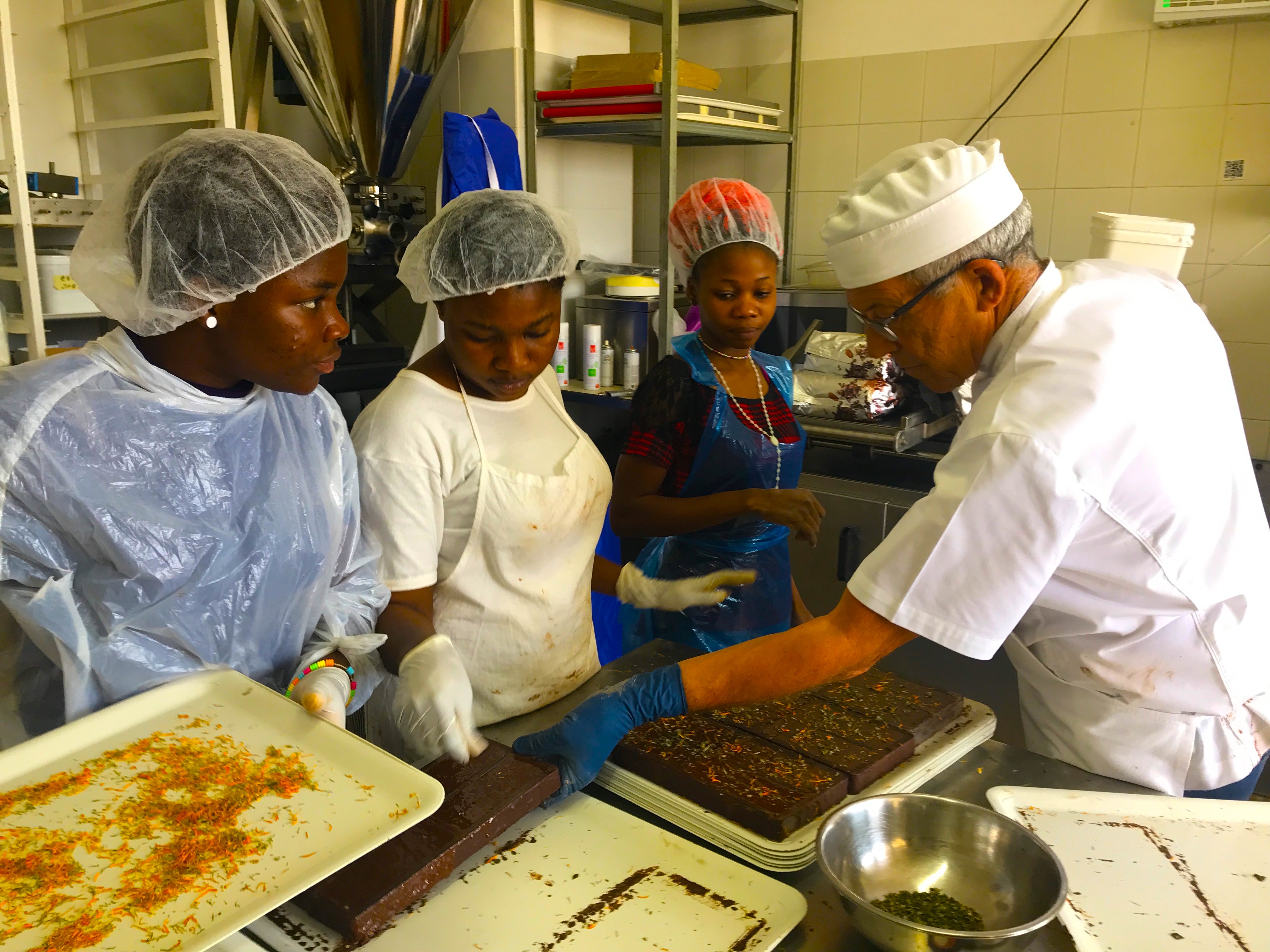
Our current socio-tone experiment in Sicily supports the socio-economic integration of young female migrants arriving in one of the most diverse regions of Europe in terms of medicinal and aromatic herbs. The intervention was designed to maximise the edges between arriving migrants, Sicilian youth, social cooperatives, educational institutions, a migrant welcome centre, and European ethical businesses.
The project combines the wild herbs of the Iblei territory with the traditional art of chocolate making of Modica with a view to creating opportunities for the young women to specialise in organic herbal chocolate making.
The social component of the project supports young women to learn by engaging in participatory processes, scenario planning, collaborative communication, advocacy and leadership development, and strengthening the sense of community while embracing diversity. By engaging in field work of Mediterranean herb identification and reconnaissance, they deepen their sense of place. This is followed by capacity development in all stages of chocolate making—from tree to bar, including the transformation of the wild cacao beans into liquor, butter, powder, and chocolate.
Supported by RSF Finance, the Global Whole Being Fund and LUSH UK, the project has adopted a regenerative design approach which takes into consideration the vocation of place, the proximate whole, and the greater whole. By doing so, we are strengthening the emerging mosaic of regenerative medicinal and aromatic herbs and small-scale growers while opening channels of commercialisation for Sicilian organic products in European markets.
According to the Institute of Policy Studies in Education, migrant education is the most important issue facing European education over the next decade. But what sort of education? Should we favour Paulo Freire’s invigorating critique of the ‘banking’ model of education, which regards the migrant students as mere receivers of education, devoid of creative impetus?
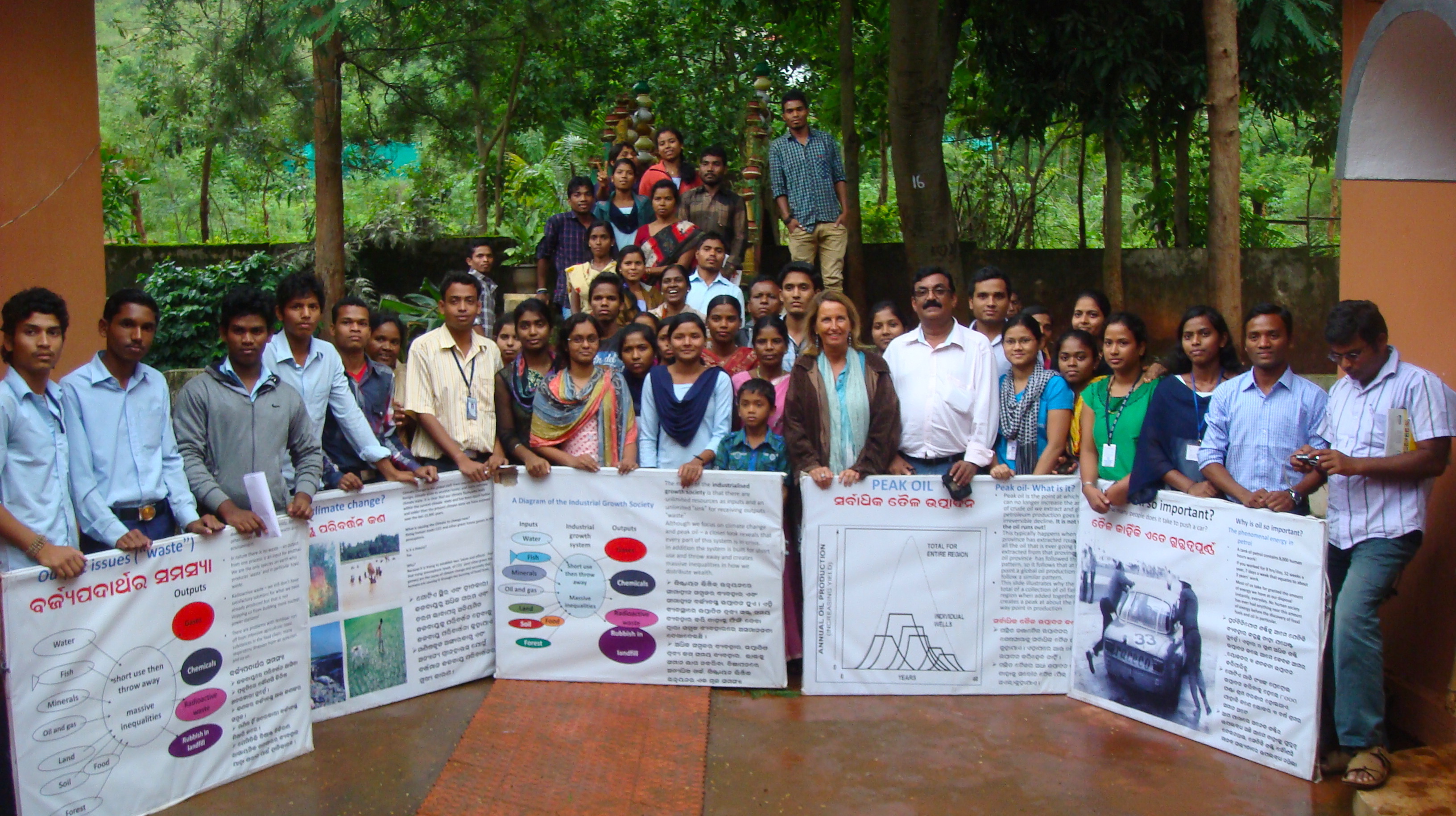
Or should we challenge educators to equip our students with the practical skills, analytic abilities, and philosophical depth to reshape the human presence on the planet?
By this, I mean an education that replaces the extractive consumer economy with one that eliminates the concept of waste, uses energy and materials with great efficiency, and distributes wealth fairly within and between generations.
I mean an education that promotes interdependence and working together to reverse climate change and increase the bio-productivity of the planet to create a collaborative, rather than a competitive, society for all.
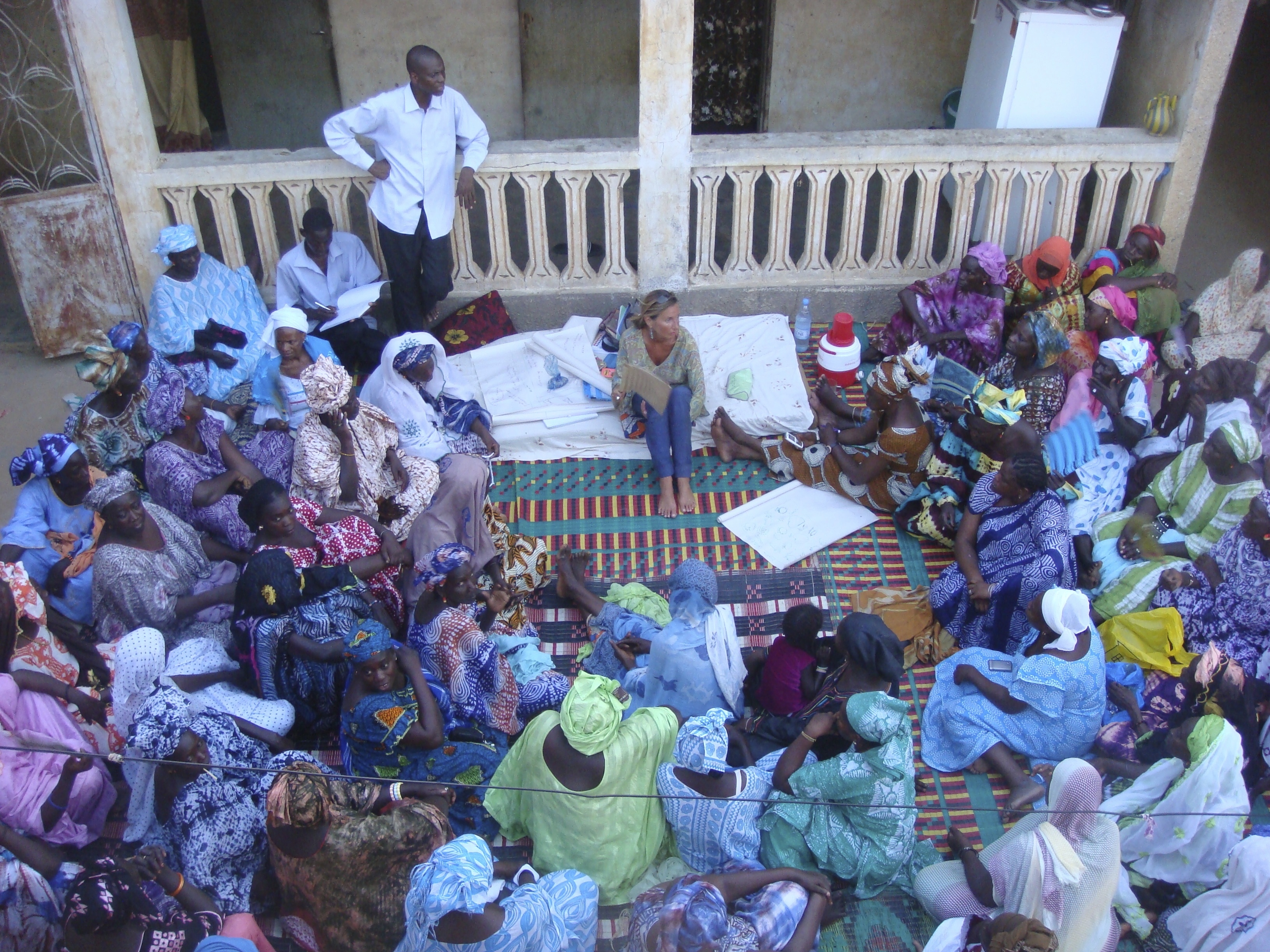
I also mean an education that makes quality of life, rather than open-ended economic growth, the focus of future thinking.
The 1.8 billion young people around the world today—including the young migrants arriving in Sicily—represent a dynamic, informed, and globally connected engine for change. Local stewardship and global citizenship should be cultivated at every stage of human development. In this context, I would rather call them glocalisers; glocal is about being locally attuned to the bio-cultural uniqueness of your territory, but also globally aware and able to grasp the bigger picture.
The poet Yeats once said, “Education is not the filling of a pail, but the lighting of a fire.” This is the task before educators: igniting the fire of the current and future young glocalisers, harnessing their aspirations so that they can, in time, re-design the human presence on the planet while maximising socio-tone edges.
So, one may ask, What are the most useful attributes to guide future glocalisers doing edge work?
First, position yourself within the flow and let life unfold. When we position ourselves in the creative flow of the edge, we realise an increase in energy, excitement, and emergence. Sometimes it feels like a gentle stream, sometimes like a rollercoaster. Sometimes, when intensity is high, we need to create sinks to store aspects of the flow. Sometimes I tend to tap into the source of the flow to find rest and regain vision.
The second attribute is related to thriving through serendipity alertness. Serendipity means the accidental discovery of something valuable. The edges are full of surprises, but making something from the unexpected is not a question of luck, it is a question of enactment because surprises can happen and nothing be made of them. While doing edge work, be alert and curious so that the chances of accidental discovery increases.
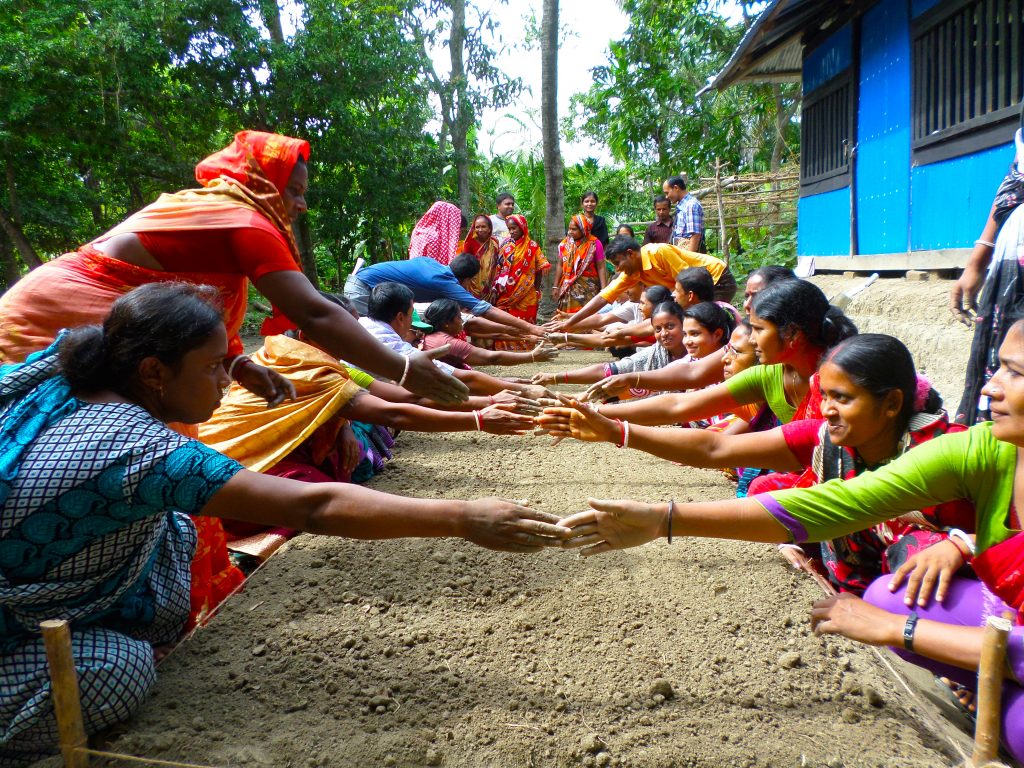
The final attribute is related to practising bisociation, which involves connecting two seemingly unrelated things into a new matrix of meaning. In bisociation, you basically bring together two ideas or things that seem to have nothing in common and see what results you get. For this to happen, one needs to dance between the rational concrete mind and the intuitive abstract mind so that a new matrix of meaning can emerge.
So if you wake up tomorrow and decide to do some edge work to support the emergence of a multicultural, glocalised civilization, make sure that you position yourself in the flow and become a co-worker with the creative force of evolution. Awaken your eagle eyes so that surprises can be transformed into something valuable. And start practising bisociation to bring about new patterns of things to come.



